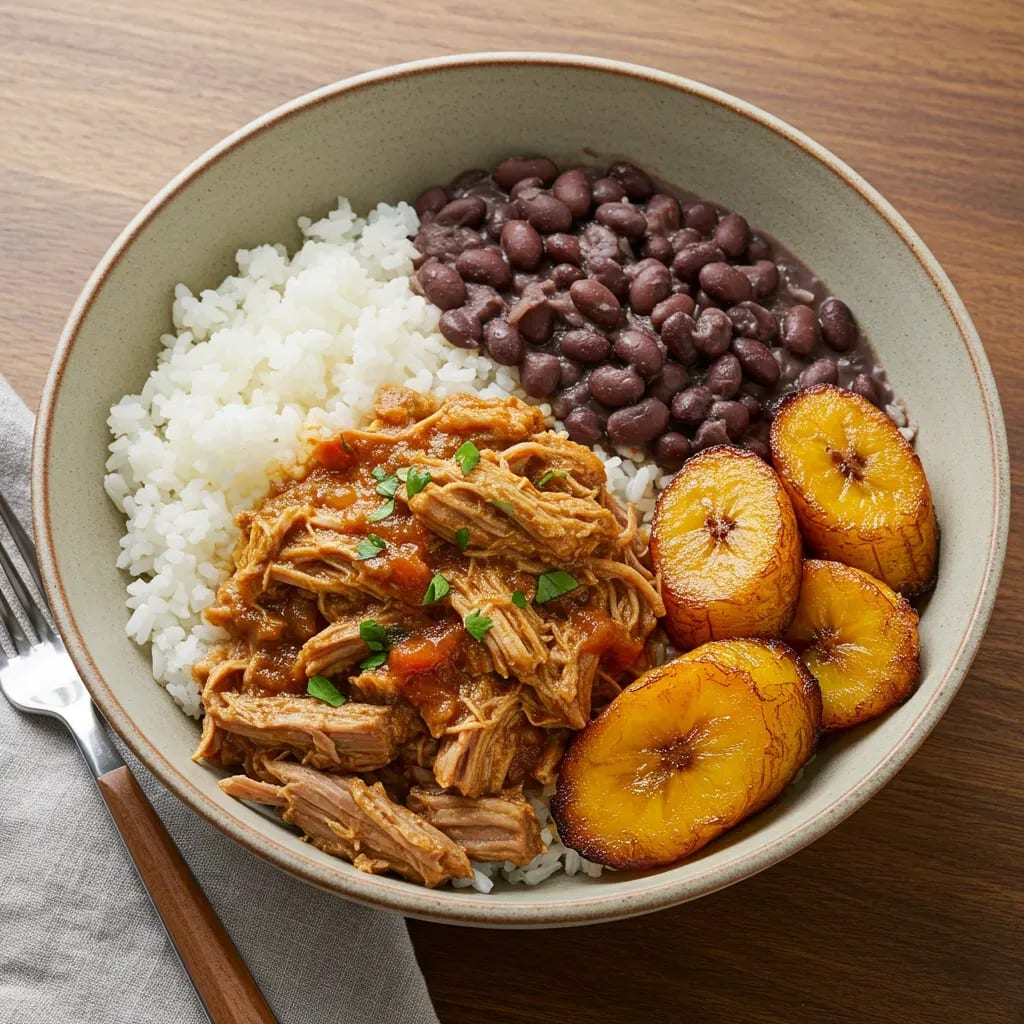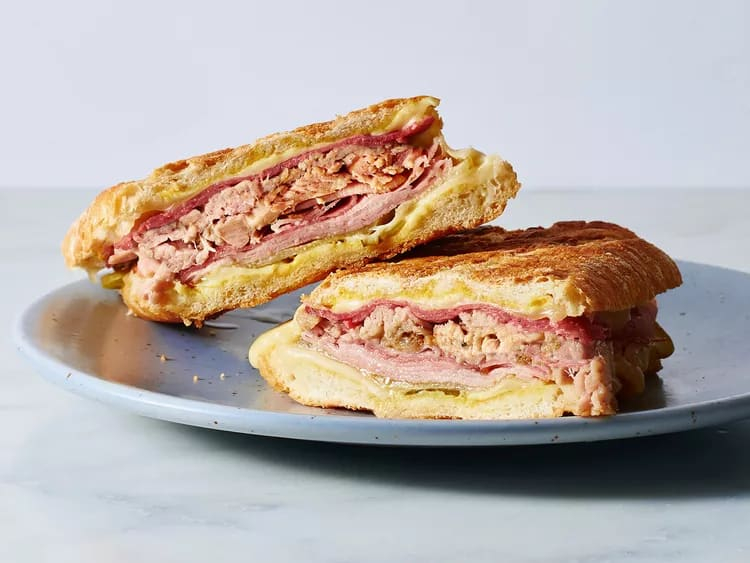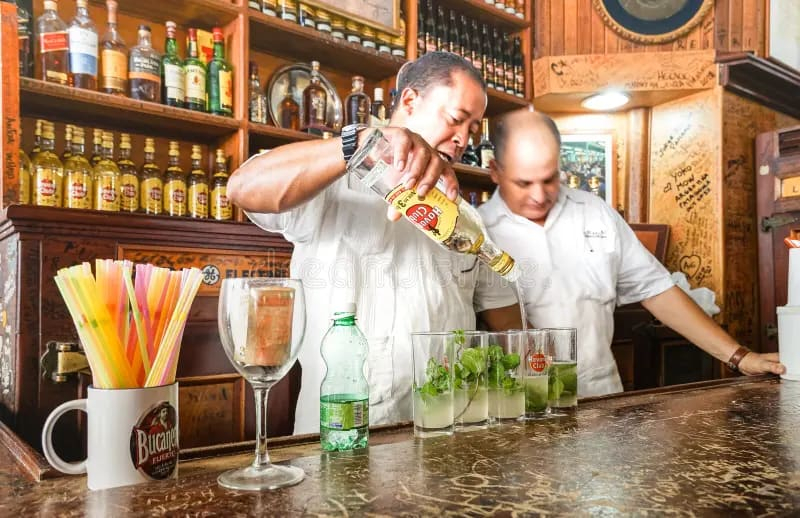Cuban cuisine is a flavorful blend of Spanish, African, and Caribbean influences — a reflection of the island’s vibrant culture and resourceful spirit. From home-cooked meals served in family-run paladares to classic mojitos enjoyed on Havana’s rooftops, the country’s food scene is as warm and inviting as its people. This Food & Drinks in Cuba guide explores the best traditional dishes, local drinks, and dining tips to help you savor every bite of your journey.

The Essence of Cuban Cuisine
Cuban food is about simplicity, freshness, and soul. Meals are often prepared with seasonal ingredients sourced from local markets — rice, beans, pork, chicken, and tropical fruits. Despite limited imports, creativity thrives: Cubans transform simple staples into dishes bursting with flavor and character.
- Base ingredients: Rice, black beans, plantains, yucca, pork, chicken, garlic, and onions
- Cooking style: Slow-cooked stews, marinated meats, and grilled seafood
- Influences: Spanish colonial, African Creole, and Caribbean flavors
Traditional Cuban Dishes You Must Try
Ropa Vieja
Literally meaning “old clothes,” this iconic dish features shredded beef stewed with peppers, tomatoes, and spices. Served with rice and fried plantains, Ropa Vieja embodies Cuban comfort food.
Arroz con Pollo
A colorful one-pot meal of rice, chicken, and vegetables seasoned with saffron and cumin. It’s a staple at family gatherings and festivals across Cuba.
Lechón Asado
Cuba’s signature roasted pork, marinated in mojo (garlic, sour orange, oregano) and slow-cooked until tender. Often prepared for celebrations like New Year’s Eve and national holidays.
Moros y Cristianos
Black beans and white rice cooked together with garlic and spices — symbolizing Cuba’s cultural fusion of African and Spanish roots.
Yuca con Mojo
Boiled cassava drizzled with a zesty garlic and citrus sauce. Simple yet addictive, it’s a must-try side dish in Cuban households.

Seafood & Coastal Delights
With over 5,000 km of coastline, Cuba offers fresh seafood at every turn. Look for local specialties like grilled lobster, shrimp cocktail, and fish in coconut sauce along coastal towns such as Baracoa, Cienfuegos, and Varadero.
- Popular seafood dishes: Langosta al ajillo (garlic lobster), pescado frito (fried fish), camarones enchilados (spicy shrimp)
- Best places to try: Paladares in Trinidad, seaside restaurants in Cayo Coco, Baracoa’s coastal cafés
Paladares – The Heart of Cuban Dining
Paladares are privately owned family restaurants that serve authentic Cuban food with homemade flair. They became popular in the 1990s and now represent the soul of Cuban gastronomy.
- Atmosphere: Cozy and personal — often located inside homes
- Popular paladares: La Guarida (Havana), San José (Trinidad), Casa Vieja (Varadero)
- Price range: 10–25 USD per person
Dining in a paladar offers not just great food, but genuine Cuban hospitality and conversation.
Street Food & Local Snacks
Cuba’s street food scene is simple but satisfying. Try freshly fried churros, tamales, or the classic Cuban sandwich stuffed with roasted pork, ham, pickles, and mustard — a snack that has gained international fame.
- Typical snacks: Pan con lechón, pizza Cubana, frituras de malanga (taro fritters)
- Price range: 1–3 USD on the street
- Tip: Carry small cash — most vendors don’t accept cards

Drinks & Cocktails in Cuba
Cuba is the birthplace of legendary cocktails and world-famous rum brands. From Hemingway’s favorite mojito to the classic daiquiri, Cuban drinks capture the island’s festive soul.
- Mojito: Rum, mint, sugar, lime, and soda water — refreshing and iconic.
- Daiquiri: Invented in Santiago de Cuba — simple, fresh, and timeless.
- Cuba Libre: Rum and cola with a squeeze of lime — symbolic of Cuban freedom.
- Piña Colada: Creamy mix of pineapple, coconut, and rum.
- Rum brands to try: Havana Club, Santiago de Cuba, Legendario
For non-alcoholic options, try guarapo (fresh sugarcane juice), batidos (fruit smoothies), and Cuban coffee — thick, sweet, and strong.

Dining Etiquette & Tips
- Restaurants often include a 10% service charge; additional tipping is optional but appreciated.
- Cash is preferred; credit cards may not work in all venues.
- Reservations are recommended for popular paladares in Havana.
- Vegetarian options are limited — inform your host in advance.
- Tap water isn’t safe to drink; always request bottled water.
Where to Eat & Drink in Cuba
- Havana: La Guarida, El Cocinero, and Floridita (Hemingway’s favorite bar)
- Trinidad: Sol Ananda, La Redacción, San José
- Varadero: Varadero 60 and Casa del Al
- Santiago de Cuba: La Casona and Thoms y Ray
Food Safety Tips
- Eat at busy restaurants where food turnover is high.
- Wash fruits and vegetables before consumption.
- Bring snacks if traveling long distances — roadside options are limited.
- Avoid seafood in inland towns unless freshly prepared.
Where to Go Next
- Cuba Travel Tips – Learn how to eat safely and enjoy local flavors.
- Cuba Health & Safety – Stay healthy while exploring Cuba’s cuisine.
- About Cuba – Understand the island’s history, culture, and people.
From street-side churros to rooftop cocktails overlooking Havana’s skyline, Cuban cuisine tells the story of a nation’s creativity and warmth. Every flavor, every note of music, and every sip of rum captures the island’s spirit — soulful, timeless, and unforgettable.
